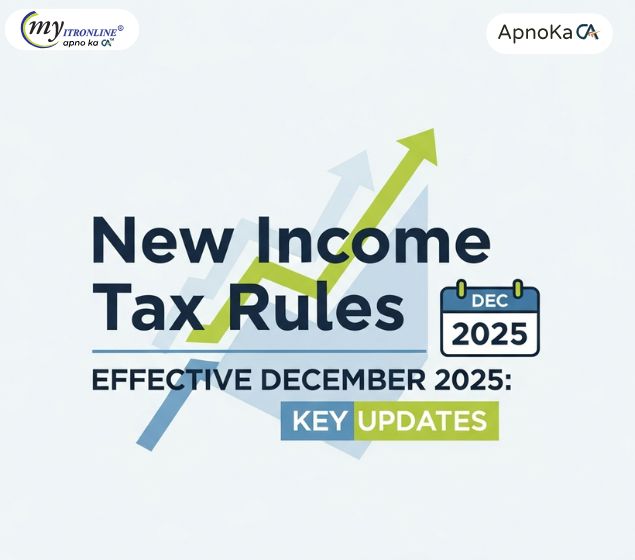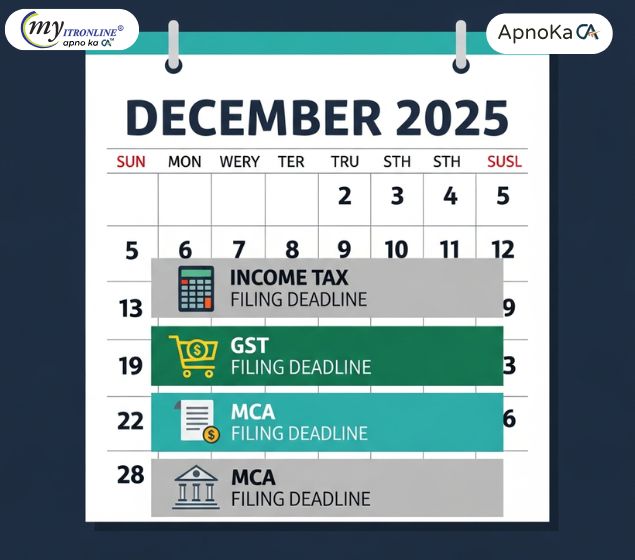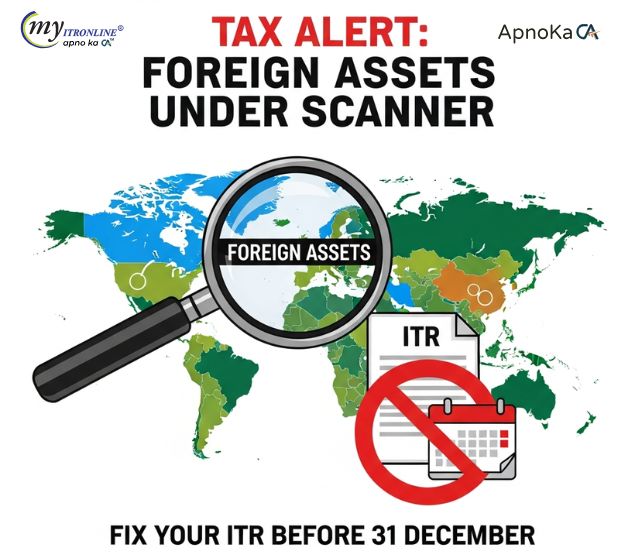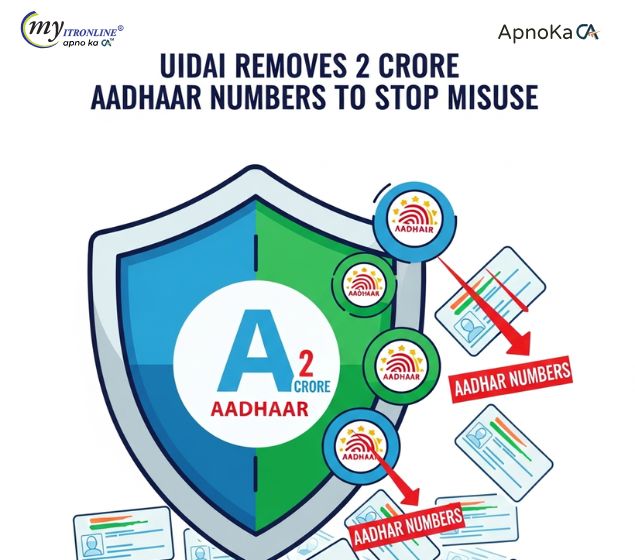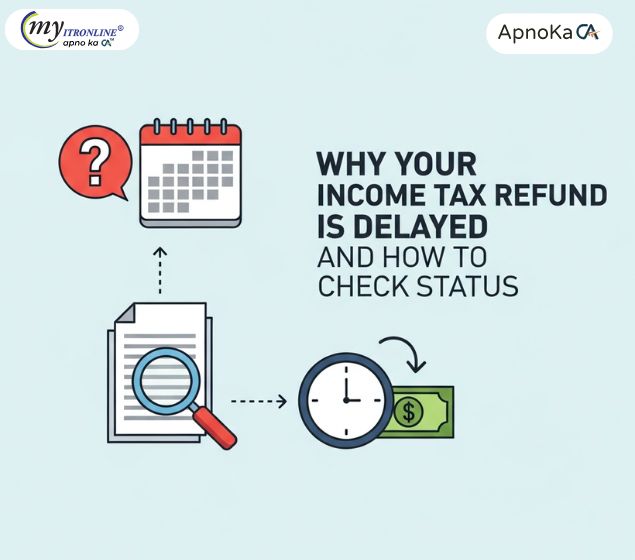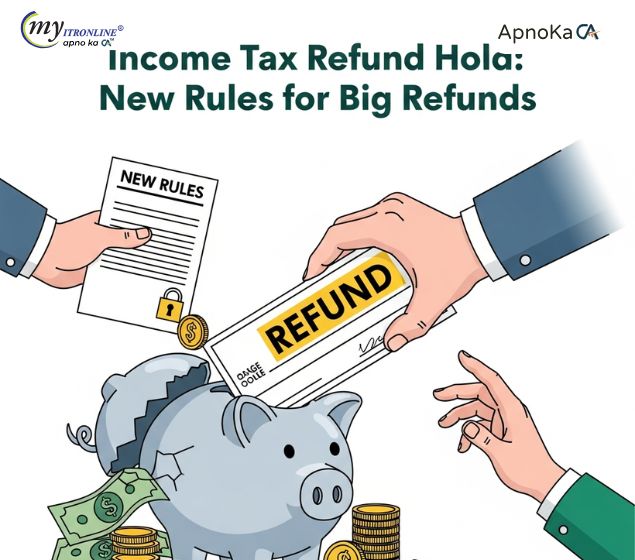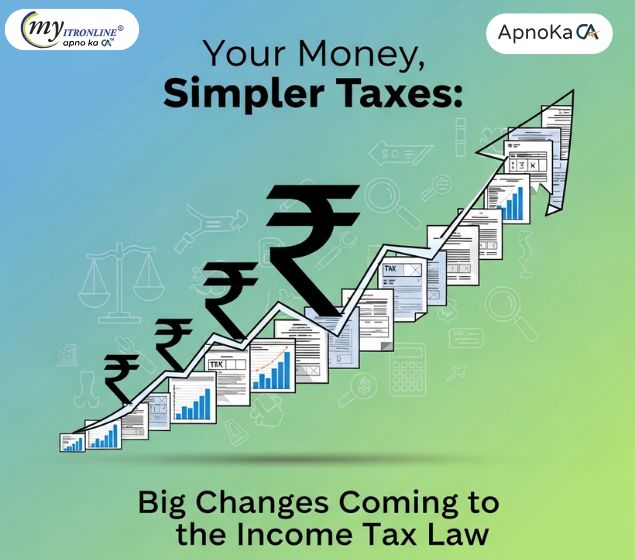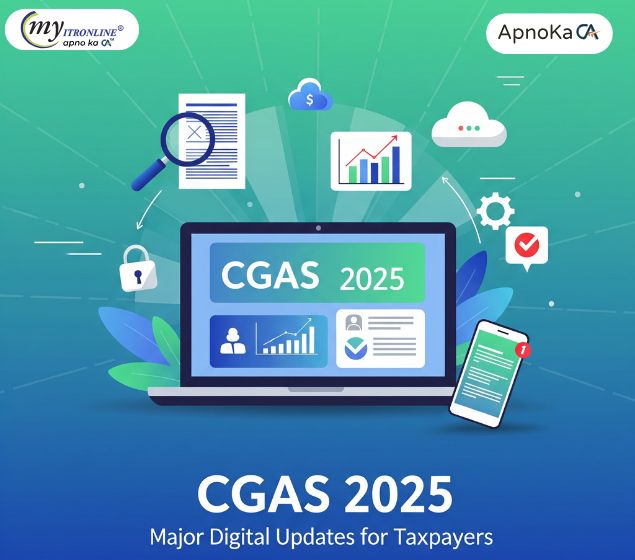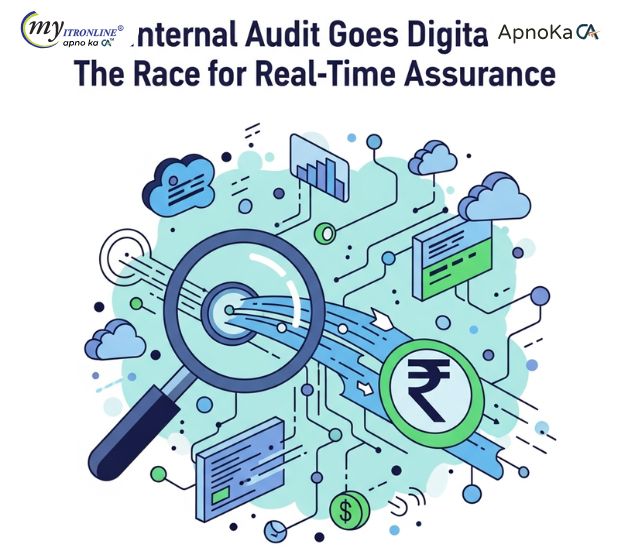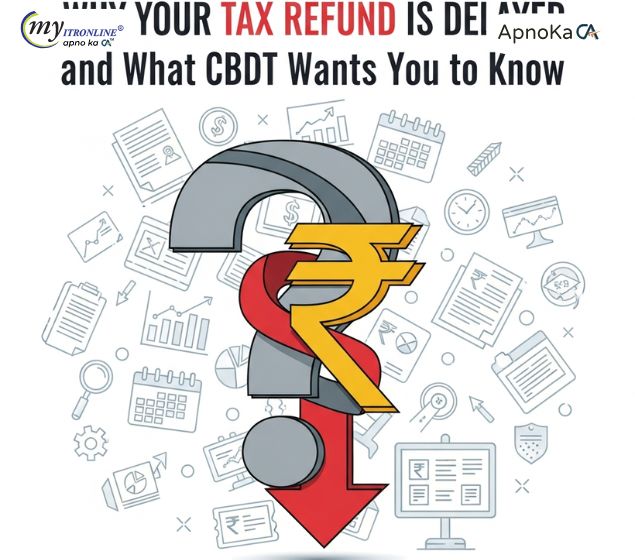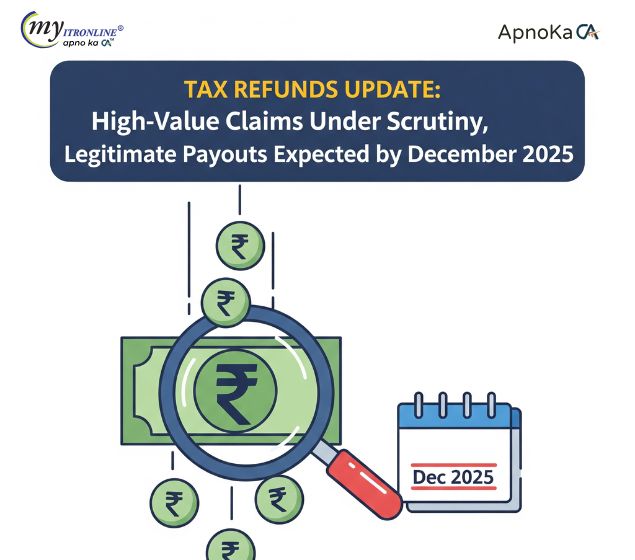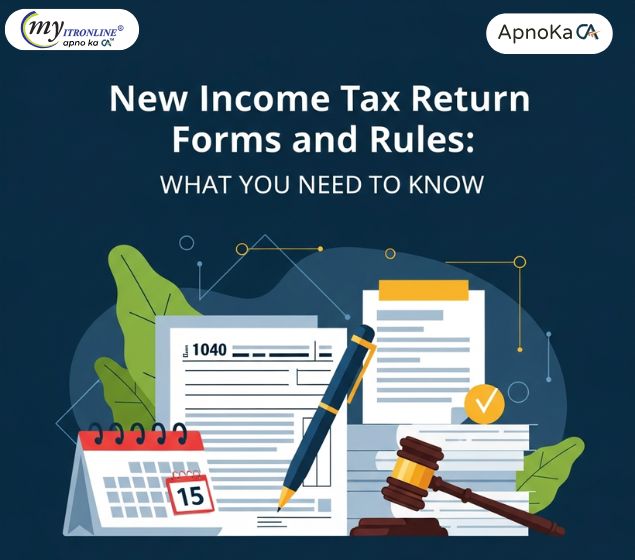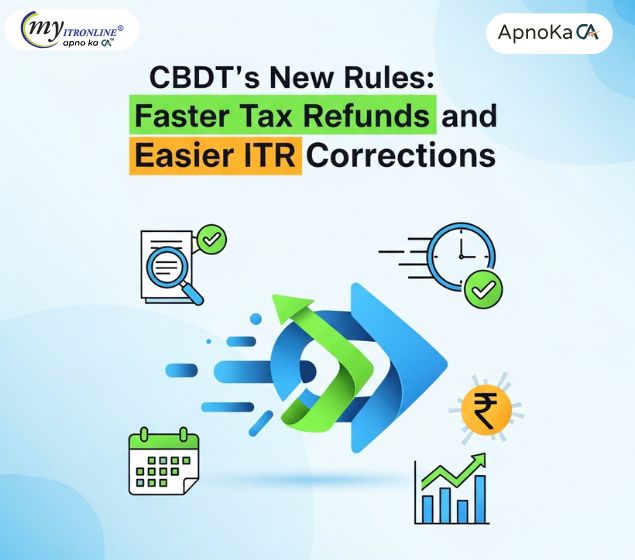The 50,000 Rent Threshold: Understanding Your TDS Responsibilities
This blog post provides a comprehensive guide for individuals and HUFs paying monthly rent above 50,000, highlighting their often-overlooked TDS obligations under Section 194-IB of the Income Tax Act. It details who is applicable, the current TDS rate (2% from Oct 2024, 5% earlier), deduction and deposit timelines (annual deduction, 30 days for deposit), and the use of Form 26QC and Form 16C. Crucially, the post emphasizes the severe consequences of non-compliance, including various interest charges, late filing fees (up to 200/day), substantial penalties (10,000-1,00,000), and even potential prosecution. It also offers actionable steps for compliance and guidance for those who have missed previous deductions, urging tenants to prioritize this crucial tax duty to avoid significant financial and legal repercussions.
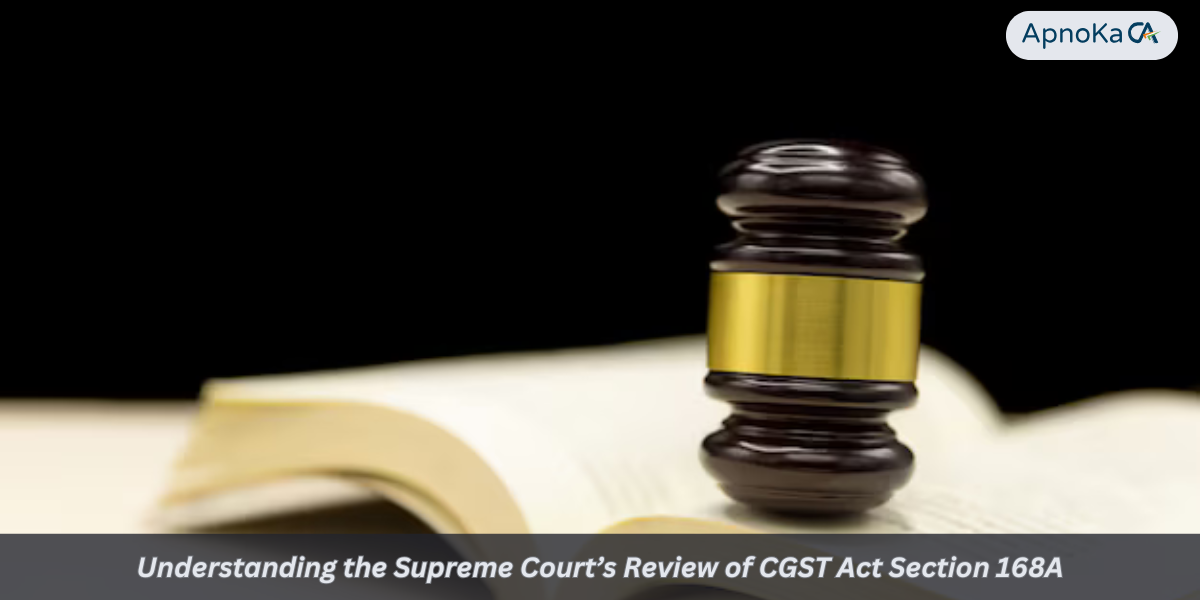
For many people and Hindu Undivided Families (HUFs) in India, paying rent is a major monthly expense. But did you know that if your monthly rent exceeds ₹50,000, you, as a tenant, have an important tax responsibility under Section 194-IB of the Income Tax Act? Ignoring this detail can result in hefty penalties and legal issues.
This blog post will explain everything you need to know about TDS on rent for individuals and HUFs, why it's often overlooked, and the serious consequences of not complying.
The Overlooked Obligation: Section 194-IB Explained
Before 2017, only businesses and individuals subject to tax audits had to deduct TDS on rent. However, Section 194-IB was introduced to include high-value individual rental transactions under tax regulations.
Who is it applicable to?
Any individual or Hindu Undivided Family (HUF) that is not required to undergo a tax audit under Section 44AB of the Income Tax Act and pays rent exceeding ₹50,000 a month to a resident landlord must deduct TDS. This includes salaried individuals!
What is "Rent" as per this section?
In this context, rent refers to any payment made for the use of land, a building (including a factory), or both, under any lease, sub-lease, tenancy, or other agreements.
What is the TDS Rate?
- For rent paid on or after October 1, 2024: The TDS rate is 2% of the total annual rent.
- For rent paid before October 1, 2024: The TDS rate was 5%.
- Important Note: If the landlord's PAN is not available, the TDS rate will increase to 20% as per Section 206AA.
When to Deduct and Deposit TDS?
Unlike other TDS rules that require monthly deductions, for rent under Section 194-IB, you only need to deduct TDS once in a financial year. This deduction should occur at the earlier of these times:
- When you credit rent for the last month of the previous year (March).
- When you credit rent for the last month of tenancy, if the property is vacated that year.
The deducted TDS must be sent to the government using Form 26QC within 30 days from the end of the month when the deduction took place.
Example:
If you're paying rent of ₹60,000 a month and you stay until March 31, 2026, you will deduct 2% of the total annual rent (₹7,20,000 x 2% = ₹14,400) from your March 2026 rent payment. This ₹14,400 must be deposited by April 30, 2026.
Why is this often ignored?
Several reasons lead individuals to overlook this important compliance:
- Lack of Awareness: Many people, especially salaried employees, often don’t know much about TDS beyond their salary deductions.
- No TAN Requirement: You don't need a Tax Deduction Account Number (TAN) to deduct TDS under Section 194-IB. You can use your PAN, which sometimes leads to the belief that it isn't a formal TDS obligation.
- Employer Disconnect: Employers usually don’t handle their employees' personal rent payments or HRA claims, putting all responsibility on the tenant.
- Delayed Notices: The Income Tax Department may not immediately highlight non-compliance, creating a false sense of security. However, issues will come to light eventually.
The Steep Price of Non-Compliance: Penalties You Can't Afford to Ignore
Neglecting your TDS duties for rent can lead to serious financial repercussions:
- Interest for Non-Deduction: If you forget to deduct TDS, you’ll owe interest at 1% per month or part of a month on the TDS amount from when it should have been deducted until it is actually deducted.
- Interest for Late Payment: If you deduct TDS but don’t deposit it with the government on time, you’ll incur interest at 1.5% per month or part of a month from the date of deduction until the payment date.
- Late Filing Fee (Section 234E): If you don’t file Form 26QC by the due date, you’ll face a late fee of ₹200 per day, capped at the total TDS amount.
- Penalty (Section 271H): Besides the late fee, you could face a penalty from ₹10,000 to ₹1,00,000 for failing to file the TDS statement or for providing incorrect information.
- Assessee in Default: The Income Tax Department might label you as an "assessee in default," which can lead to further investigations.
- Prosecution (Section 276B): In cases of willful non-compliance (like deducting but not depositing TDS), prosecution proceedings may start, with possible imprisonment for three months to seven years.
Real-world examples from tax experts show how serious this can be: Individuals paying ₹55,000 a month in rent have faced penalties of ₹1,00,000 for not deducting TDS. Another case showed a tenant who paid ₹60,000 in rent over two years and accrued ₹37,000 in late fees and interest, exceeding the TDS amount itself!
How to Comply and Avoid Penalties:
Following these simple steps can help you stay compliant:
- Calculate Total Annual Rent: Find out the total rent payable for the financial year or the tenancy period, whichever is shorter.
- Deduct TDS: Take out 2% (or 20% if PAN is unavailable) of the total annual rent from the last month's rent payment (March or the final month of tenancy).
- Fill Form 26QC: Go to the TIN-NSDL website (www.tin-nsdl.com) and navigate to "Services" -> "TDS on Property (194IA)." Select "Form 26QC" and enter the necessary details about yourself (tenant), your landlord, and the property. Your PAN will work; you don’t need a TAN.
- Deposit TDS: Pay online through net banking or using a challan created from Form 26QC within 30 days of deduction.
- Issue Form 16C: After making the payment, download Form 16C (TDS certificate for rent) from the TRACES website and give it to your landlord. This serves as proof that you deducted and deposited the tax on their behalf. Your landlord needs this to claim credit for the TDS when filing their income tax return.
What if you missed it for previous years?
If your landlord has already reported the rental income and paid taxes on it, you might avoid penalties. You would need to submit Form 26A with a CA certificate as proof. However, you would still be responsible for interest at 1% per month for the delay in deduction. It’s always wise to consult a tax professional in such cases.
Final Thoughts
The Income Tax Department is paying more attention to high-value personal transactions. What might seem like a slight oversight can quickly turn into major financial and legal headaches. If your monthly rent exceeds ₹50,000, take your TDS duties seriously. A small deduction today can help you avoid a big penalty tomorrow. Stay informed, stay compliant!
FILING YOUR INCOME TAX RETURN F.Y 2024-25 (A.Y. 2025-2026) WITH MYITRONLINE
The income tax filing deadline is right around the corner. If you haven’t filed yet, do it today with Myitronline! Avoid last minute rush and file your tax return today on MYITRONLINE in Just 5 mins.(www.myitronline.com)
If you are looking for eCA assistance to file your income tax return/ GST, you can opt for MYITRONLINE eCA assisted plan starting
Upload Salary Individual Form-16
If you have any questions with filing your tax return, please reply to this mail. info@myitronline.com OR call 9971055886,8130309886.
Note-All the aforementioned information in the article is taken from authentic resources and has been published after moderation. Any change in the information other than fact must be believed as a human error. For queries mail us at marketing@myitronline.com
Krishna Gopal Varshney
An editor at apnokacaKrishna Gopal Varshney, Founder & CEO of Myitronline Global Services Private Limited at Delhi. A dedicated and tireless Expert Service Provider for the clients seeking tax filing assistance and all other essential requirements associated with Business/Professional establishment. Connect to us and let us give the Best Support to make you a Success. Visit our website for latest Business News and IT Updates.
Leave a reply
Your email address will not be published. Required fields are marked *Share this article
Krishna Gopal Varshney, Founder & CEO of Myitronline Global Services Private Limited at Delhi. A dedicated and tireless Expert Service Provider for the clients seeking tax filing assistance and all other essential requirements associated with Business/Professional establishment. Connect to us and let us give the Best Support to make you a Success. Visit our website for latest Business News and IT Updates.
View articles








